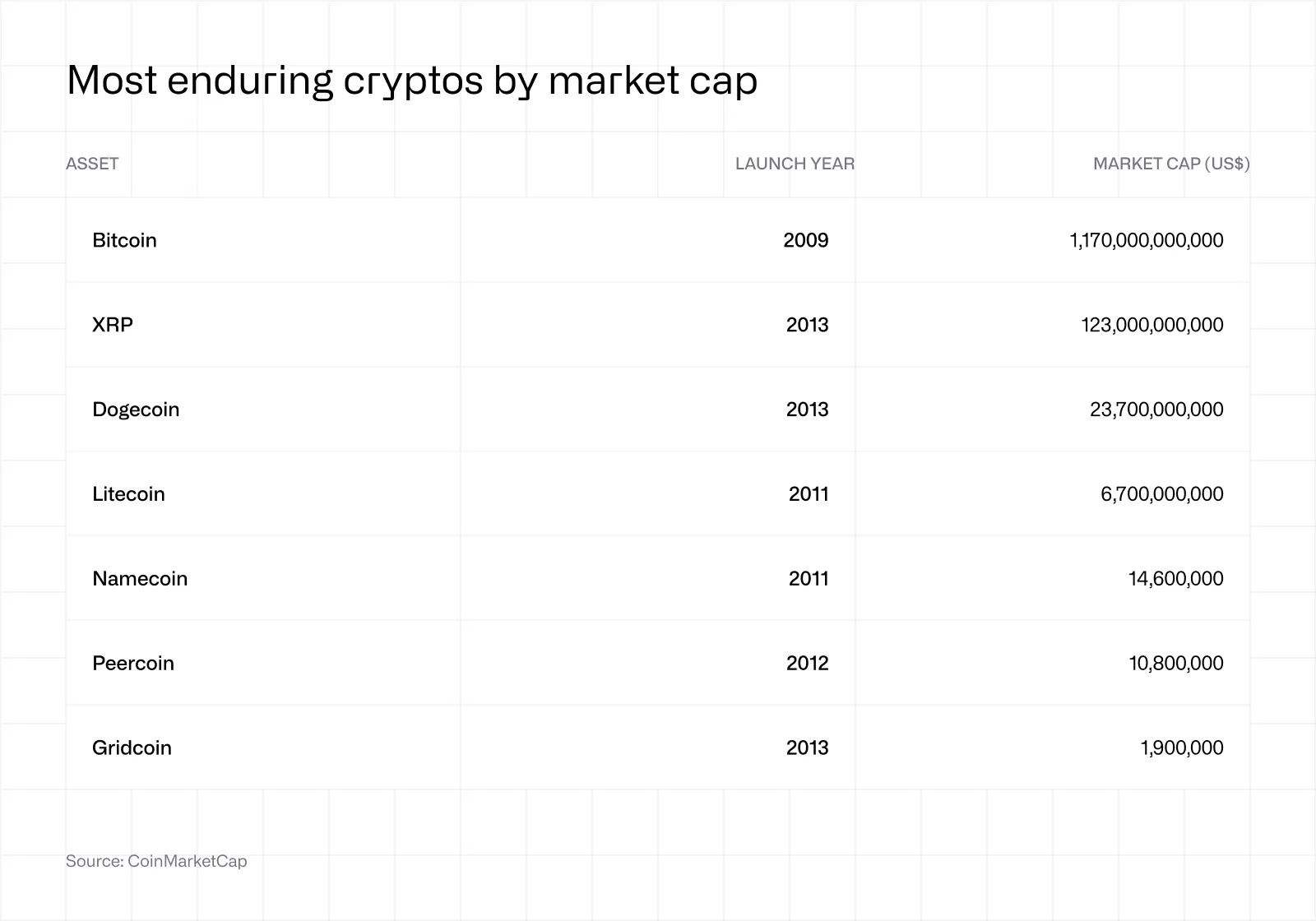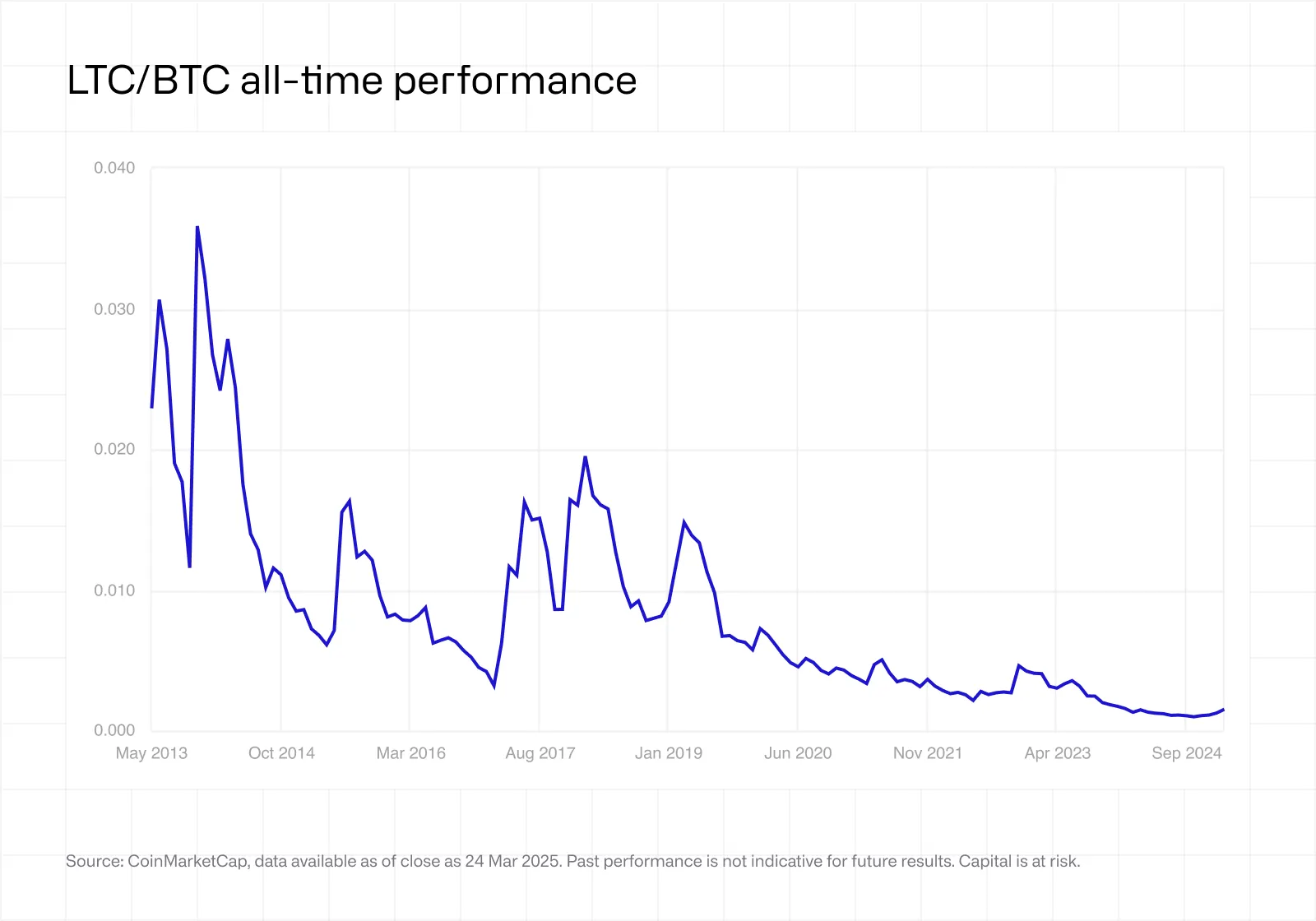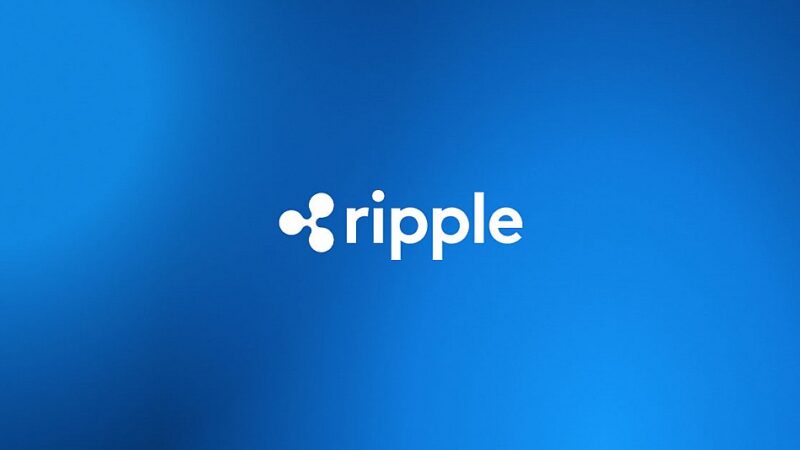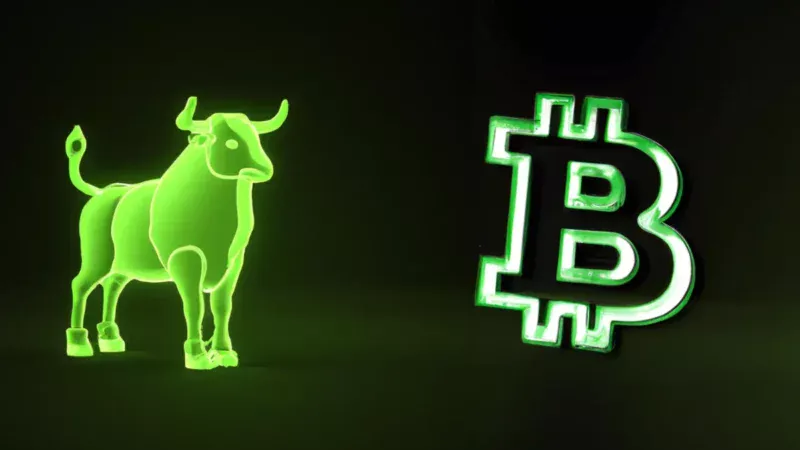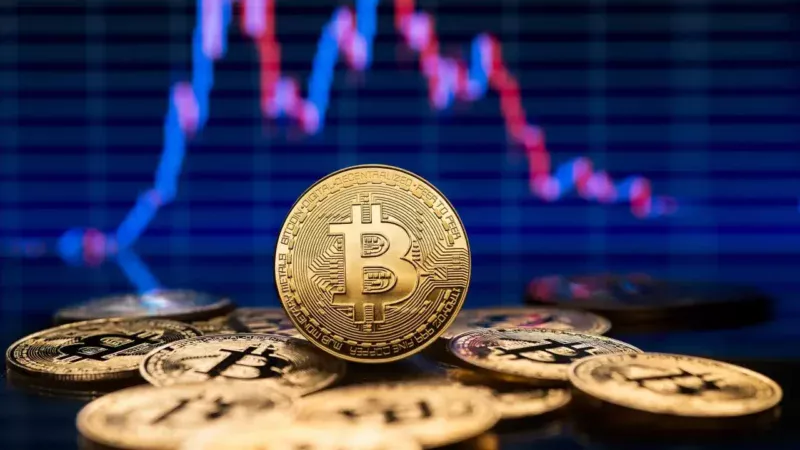The “digital silver” Litecoin: an overlooked alternative

Although Litecoin is one of the oldest cryptocurrencies, it rarely gets the same attention as Bitcoin. This neglect is understandable because Bitcoin is widespread as a medium of exchange and asset class.
In the meantime, projects such as Ethereum and Ripple have gained importance by expanding blockchain technology by further functions. However, Litecoin still plays an important role in the crypto sector because it offers faster confirmations and improved data protection through Mimblewimble.
History of Litecoin
Litecoin was founded in 2011 by Charlie Lee, who was employed by Google at the time and wanted to create a cryptocurrency that should fix some of the restrictions of Bitcoin, especially scalability. Lee built Litecoin using Bitcoin source cod, the software program, which serves as instructions for functioning. Therefore, he considered Litecoin as a supplement to Bitcoin and not as a competition – as silver to Bitcoins gold.
Lee caused controversy when he sold his entire LTC stock during the crypto rally at the end of 2017. He defended himself that, based on the effects of his social media contributions, he wanted to avoid a conflict of interest or the allegation of market manipulation due to the effects of his social media contributions. Despite the concern of some community members that he would give up the project, Lee remained involved and is now director of the Litecoin Foundation.
Due to the similarities with Bitcoin, Litecoin served as an unofficial test environment over the years. In April 2017, the Litecoin Community Segregated Witness (Segwit) implemented an update that should improve scalability by changing the way blocks store data. The following month one of the first transactions in Lightning Network was completed, a “Layer-2” protocol that processes transactions on behalf of a blockchain to reduce overload. Bitcoin took over Segwit in August 2017 and the Lightning Network in March 2018.
Characteristics
Litecoin uses a consensus mechanism that on a “Proof of Work“Based and resembles that of Bitcoin in many ways. The participants, who are referred to as a miner, compete to process the right to process transactions and add them to the chain, and receive block rewards in the form of new LTC. However, there is a decisive difference. When Lee Litecoin designed, he wanted to decentralize the mining. SHA-256-hashing algorithm from Bitcoin, which requires energy-intensive mining rigs worth up to $ 14,000, through the proof-of-work algorithm QSCrypt, which made it possible to mines Litecoin on a laptop. Litecoin miners were widespread, which means that the intended advantage of suppression of industrial mining was destroyed.
With the intention of improving scalability, Lee set the block speed of Litecoin-the frequency with which new transaction blocks are added to its chain-to 2.5 minutes, which is four times faster than the Bitcoin average of 10 minutes. As a result, it initially became a more suitable payment method for small and frequent transactions, although the comparatively tiny block reward in the Litecoin network means that more than a hundred confirmations are required to achieve the same settlement security as the usual six confirmations at Bitcoin. The subsequent invention of the Lightning Network has further destroyed every perceived advantage in terms of transaction speed, although Litecoin has its own Lightning Network for immediate occasional transactions.
So far, Litecoin has undergone three halves (2015, 2019 and 2023), in which the reward paid to the miner drops by 50%. These events take place all 840,000 blocks, but due to the speed of the transactions, they appear in a four -year cycle, similar to Bitcoin (which is halved every 210,000 blocks). At 84 million, the maximum amount of Litecoins is four times larger than at Bitcoin.
In order to improve privacy, Litecoin introduced an upgrade called Mimblewimble in May 2022, named after a spell from the Harry Potter films that prevented someone from passing on information. Blockchains are inherently transparent, i.e. every transaction is recorded in a publicly visible major. But not everyone feels comfortable with this degree of transparency, which is why private Litecoin transactions were introduced with the mimblewimble update.
Instead of sending LTC via the main chain, users move their coins into an “extension block” that runs in parallel. In the case of transactions processed in this block, the counterparties are only disclosed data such as the amount and the wallet addresses, which means that privacy is maintained. As soon as the transaction is complete, the coins can return to the main chain. It remains to be seen whether Bitcoin will follow this example.
Compliance
Some case laws are progressive in the crypto supervision, such as the EU, which has created a tailor-made framework called “Markets in Crypto-Assets Regulation” to promote transparency and protect consumers. Others chose a slower, more fragmented approach. For example, the Commodity Futures Trading Commission (CFTC) classifies Bitcoin as a raw material, although the US stock exchange supervisory authority (SEC) Submitted complaints against individual crypto companies.
The CFTC also sees LTC as a raw material, although the classification was indirectly achieved. In March 2024, the USMinistry of Justice The crypto exchange Kucointo have violated the banking secret of the law because it had not introduced a program to combat money laundering that was supposed to prevent criminals from converting their revenues into legitimate funds. In its complaint, the CFTC Litecoin describes, along with other established cryptocurrencies, as raw materials:
“Kucoin has caught up orders and accepted, accepted property as security and has operated a facility for trading with futures, swaps and leverage, margin -financed or financed retail stores with digital assets that are raw materials, including Bitcoin, Ether and Litecoin.” – CFTC
Community
The Litecoin Foundation, founded in 2017, is the facility responsible for the support and promotion of Litecoin and its ecosystem. She is represented in Singapore and the USA and is headed by Alan Austin, who joined the organization in 2019 after spending the majority of his career in the real estate sector. The foundation supports the core development, provides developers with grants and operates lobbying for governments on behalf of the crypto industry.
The foundation is also host of the Litecoin summit. The summit is now taking place in Las Vegas, Nevada for the fifth time in May and brings together a variety of interest groups to discuss the latest developments in the Litecoin ecosystem and in the cryptos sector in general.
Advantages and disadvantages
The greatest strength of Litecoin is its durability. According to the analysis company Coingecko, more than 50% of the 24,000 coins since 2014 no longer exist, with the vast majority disappearing between 2020 and 2022. Apart from the Memecoin Doge and Ripples XRP, the market capitalization of LTC far exceeds those of other coins that were introduced at around the same time (as of February 2025).
Litecoin has also learned significant network effects in which a product or service gains value due to the number of its users. The analysis platform TradingView classifies Litecoin to fifth place in relation to the daily active (Wallet) Addresses and in sixth place in relation to the transaction volume (as of March 2025), important key figures for measuring crypto acceptance.
Litecoin not only offers users speed and data protection, but also raises relatively low fees. Transactions cost an average of 0.005 USD (as of February 2025) and are therefore cheaper than Bitcoin (0.96 USD) and other leading protocols such as Ethereum (0.70 USD), Avalanche (0.05 USD) and Solana (USD 0.01).
The largest weakness of Litecoin is that the network does not succeed in gaining tensile force. Despite the similarities, a number of key figures are behind Bitcoin, not least with the market capitalization. In addition, Bitcoin has attracted the attention of institutional investors after stock market-traded spot funds have been approved, diversify their funds and strive for security against inflation. Litecoin's lack of competitiveness indicates that his downward trend compared to Bitcoin will probably not reverse.
